Snakes, with their mysterious nature and unique behaviors, can make fascinating companions when approached with respect and knowledge. Handling your non-venomous pet snake properly is essential not only for safety but also for building a meaningful bond based on trust. Unlike traditional pets, snakes experience the world differently, primarily through touch and smell, making proper handling techniques crucial for establishing positive associations. Whether you’re a new snake owner or looking to improve your relationship with your scaly friend, learning the art of safe handling can transform your interactions from stressful encounters into rewarding experiences for both you and your serpentine companion.
Understanding Snake Body Language
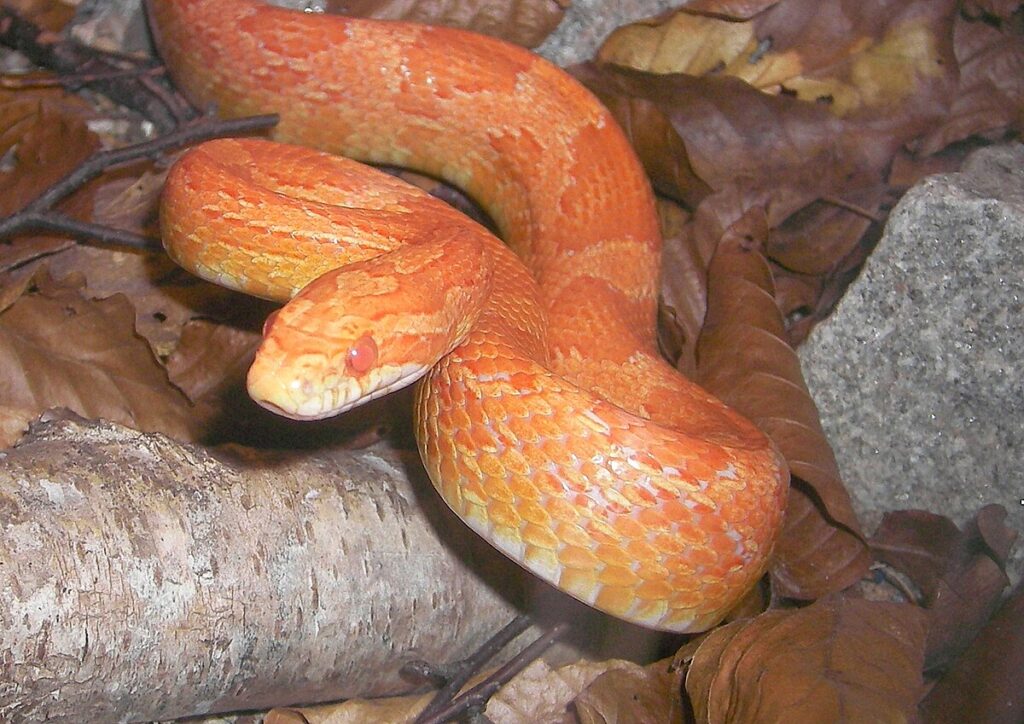
Before attempting to handle your snake, it’s vital to recognize the signals it communicates through body posture and movement. A relaxed snake typically moves with smooth, curious movements and maintains a loose body posture without rigid tension. Conversely, a stressed or defensive snake may form S-shaped coils, hiss audibly, or pull its head back in preparation to strike.
Tail rattling, even in non-rattlesnake species, often indicates agitation, while rapid tongue flicking can signify either curiosity or stress depending on other body language cues. Learning to read these subtle signals allows you to choose appropriate times for handling and helps prevent negative interactions that could damage your developing bond.
Timing Your Handling Sessions
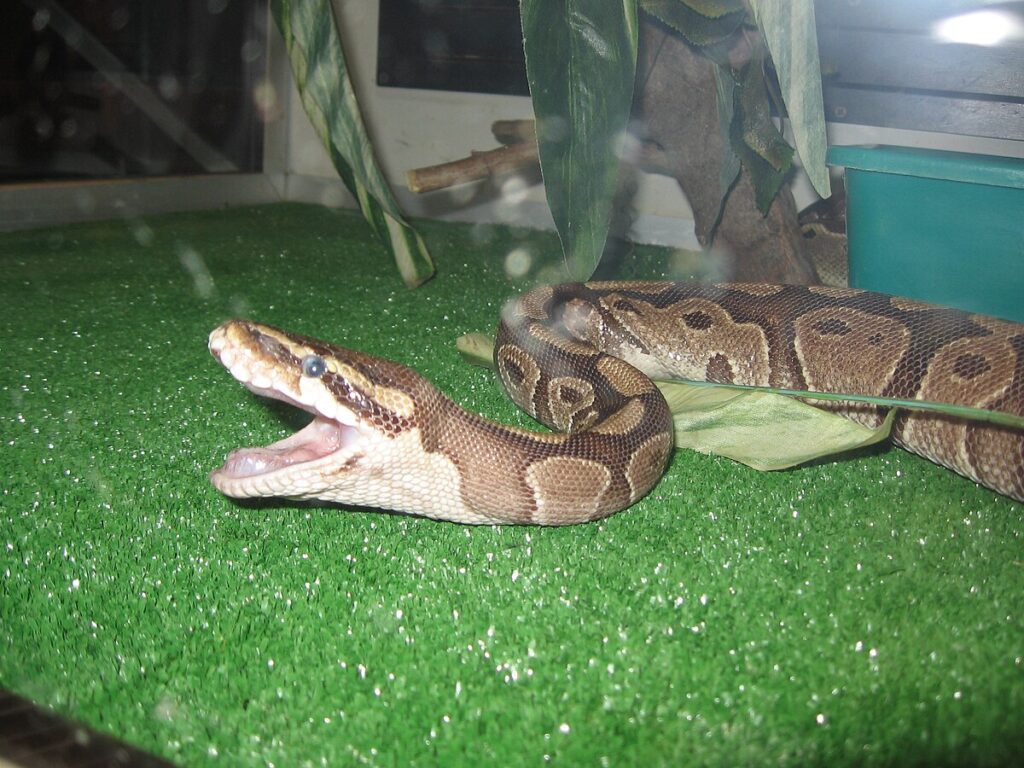
Successful snake handling begins with understanding when your reptile is most receptive to interaction. Avoid handling your snake during or immediately after feeding, as this can cause regurgitation and associated health problems—generally wait at least 48 hours after a meal.
Similarly, snakes are typically more defensive during shedding periods, so postpone handling when you notice cloudy eyes or dull skin coloration indicating an impending shed. Many snakes are naturally more active during dusk and dawn, making these potentially ideal times for gentle interaction. Additionally, avoid handling when your snake has just been introduced to a new environment, as they need time to acclimate and feel secure in their surroundings.
Creating the Right Environment
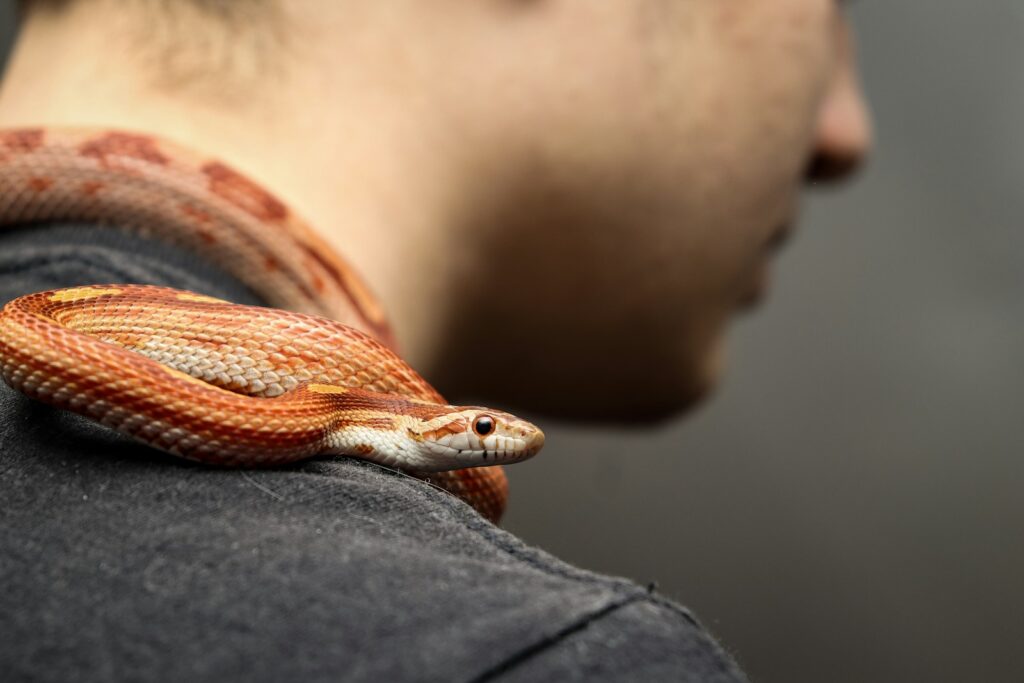
The environment in which you handle your snake significantly impacts the quality of your interaction. Choose a quiet space free from loud noises, bright lights, or sudden movements that might startle your serpentine companion. Ensure the room is warm enough—around 75-80°F (24-27°C)—as cold temperatures can stress your snake and reduce its activity level. Remove potential hazards like other pets, small hiding spaces where your snake could escape, or high ledges from which it might fall. A snake-proofed handling area with smooth flooring or a soft blanket provides security and can help your snake feel more comfortable during handling sessions. Remember that environmental consistency builds predictability, which helps reduce stress for your reptilian friend.
Proper Hand Washing Procedures
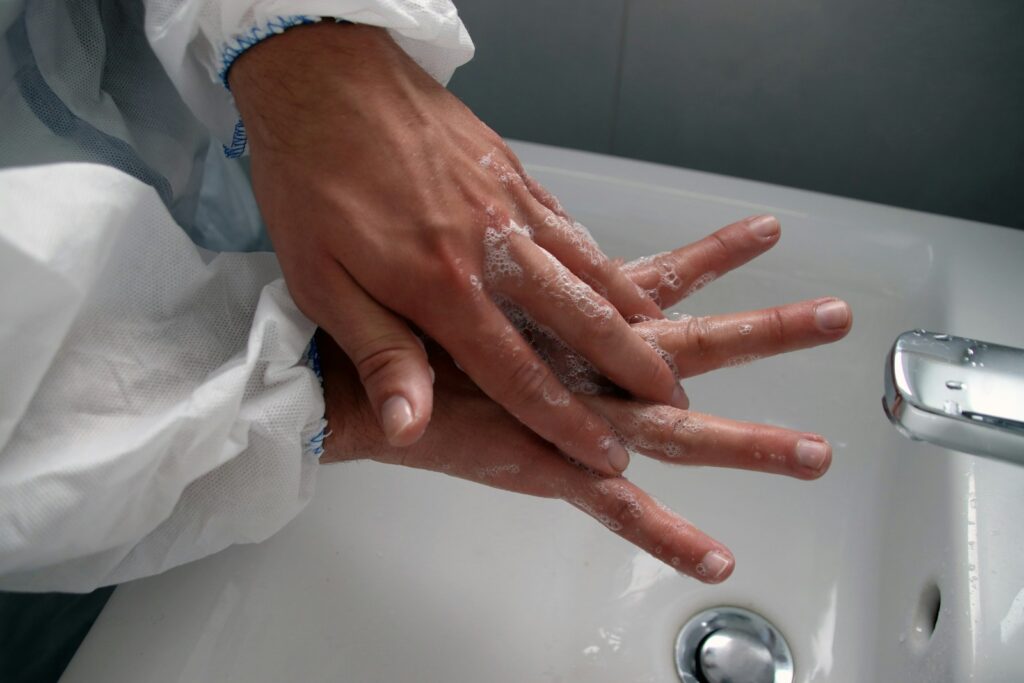
Thorough hand washing is essential both before and after handling your snake, serving dual protective purposes. Before handling, wash with unscented soap to remove any food odors that might trigger a feeding response, potentially resulting in an accidental bite. This is particularly important if you’ve handled prey animals like mice or rats prior to interacting with your snake.
After handling, washing helps protect you from potential zoonotic diseases like Salmonella, which snakes can carry without showing symptoms. Use warm water and soap, scrubbing for at least 20 seconds, and pay special attention to areas under fingernails and between fingers. For added protection, consider keeping alcohol-based hand sanitizer nearby for quick disinfection before and after brief interactions.
The Proper Approach Technique
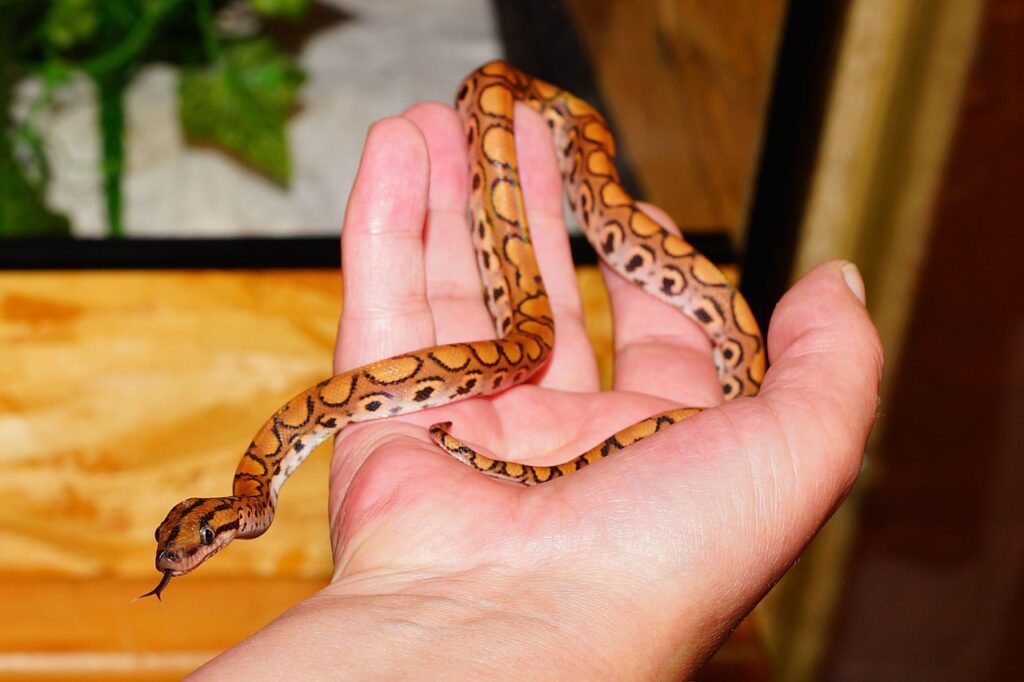
How you initially approach your snake sets the tone for the entire interaction and can significantly impact your bonding progress. Always approach from the side rather than directly above, as overhead movements mimic predator attacks and can trigger defensive responses. Move slowly and deliberately, avoiding sudden movements that might startle your reptilian companion. Before touching the snake, allow it to become aware of your presence by gently tapping the enclosure or letting it flick its tongue to sense your scent. When ready to handle, use a snake hook for larger species to gently lift the snake slightly before supporting it with your hands, which helps the snake understand this isn’t a feeding interaction. With smaller species, you can usually approach directly with your hands, but maintain the same principles of slow, deliberate movement.
Mastering the Support Hold
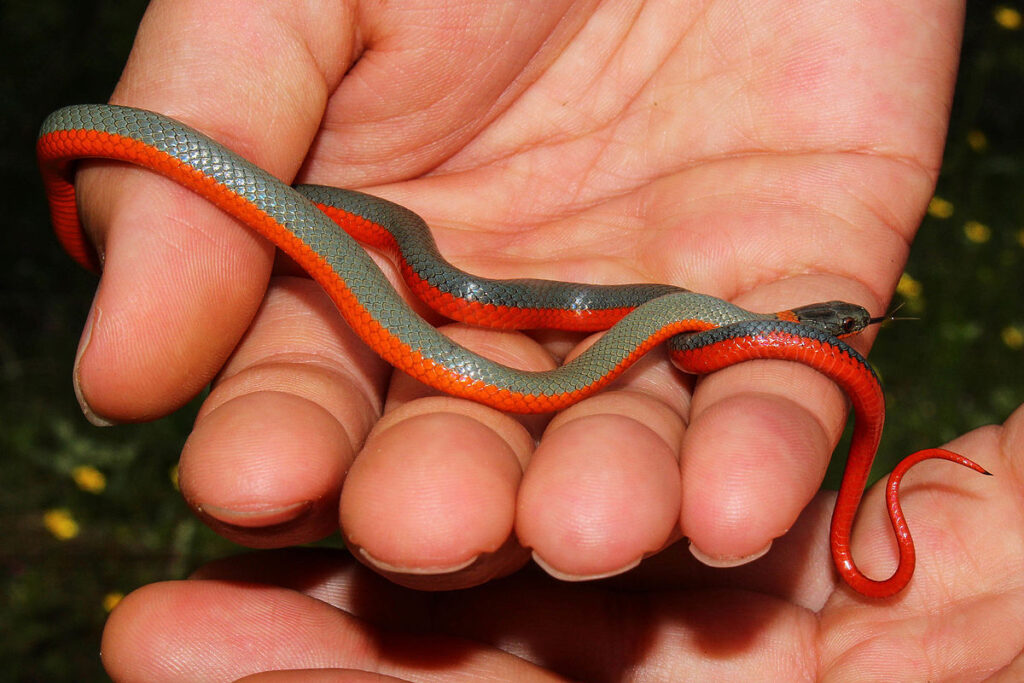
The foundation of safe snake handling is proper body support, which both prevents injury and creates a sense of security for your serpentine friend. Always support at least one-third of your snake’s body, with one hand placed gently behind the head (not on the head itself) and additional hands providing support along the body as needed. Never squeeze or restrain tightly, as this will cause stress and potentially trigger defensive behaviors.
Allow the snake to move freely across your hands and arms while maintaining gentle support underneath its body. For larger species, distribute the snake’s weight across your arms, shoulders, or lap to prevent muscle strain on both you and the animal. This supportive handling technique mimics the feeling of moving across branches or terrain, creating a more natural and comfortable experience for your reptile.
“Reading the Signs: How to Spot and Respond to Your Snake’s Subtle Stress Signals”
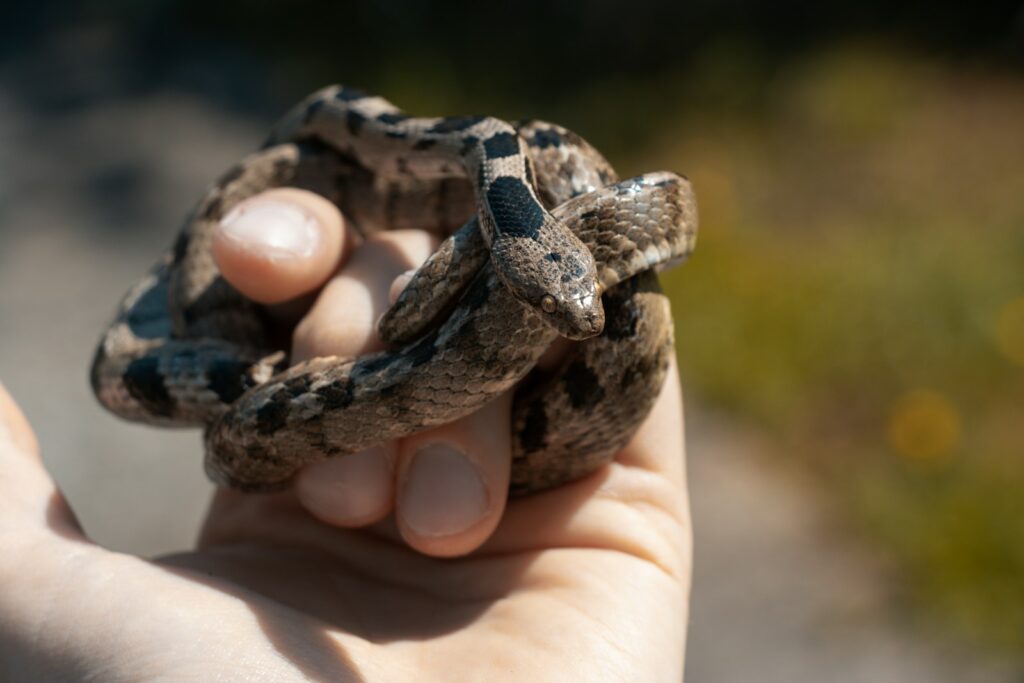
Being vigilant for stress signals during handling sessions allows you to respond appropriately before minor discomfort escalates into serious distress. Watch for rapid breathing, where you’ll notice the snake’s sides expanding and contracting more quickly than usual—a clear indication of anxiety. Muscle tension, particularly when the snake feels rigid rather than relaxed in your hands, suggests discomfort and readiness for defensive action. Excessive movement, including attempting to race away or constantly seeking escape, indicates the snake isn’t comfortable with the current interaction. Perhaps most concerning is the defensive S-coil posture, where the snake forms tight curves with its neck and may flatten its head—a precursor to striking. When you observe any of these signs, calmly return your snake to its enclosure and evaluate what might have triggered the stress response.
Duration and Frequency Guidelines
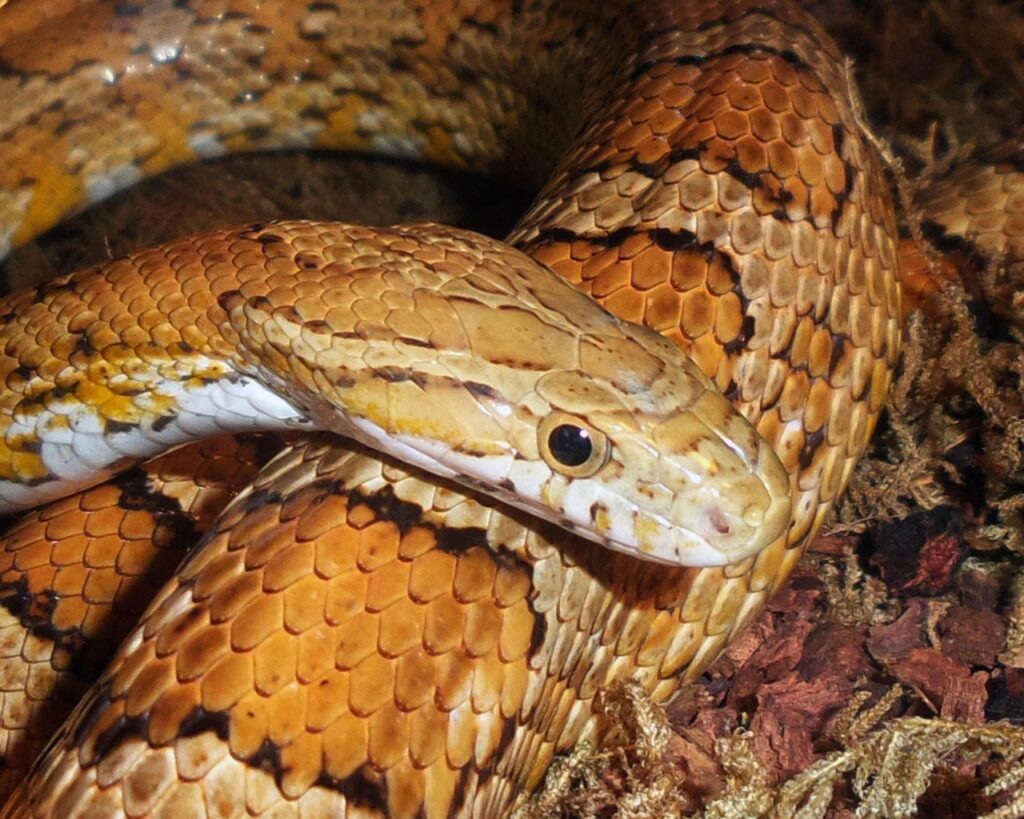
Establishing appropriate handling routines helps build trust while respecting your snake’s natural tolerance limits. For newly acquired snakes, limit initial handling sessions to just 5 minutes every few days, gradually increasing as your pet becomes more comfortable. Even with well-adjusted snakes, keep most sessions under 15-20 minutes to prevent stress and temperature drops, especially for smaller species that lose body heat quickly.
Consistency is more important than duration—short, positive interactions several times weekly build better relationships than infrequent, lengthy sessions. Pay attention to your individual snake’s preferences, as handling tolerance varies widely between species and even among individuals of the same species. Ball pythons, for example, often tolerate more handling than nervous species like corn snakes or king snakes, though individual temperament always plays a significant role.
Special Considerations for Different Species

Each snake species has unique handling requirements based on their natural behaviors and physical characteristics. Arboreal species like green tree pythons naturally spend their lives in trees and may become stressed with excessive ground-level handling, preferring instead to wrap around your arm or a provided branch. Terrestrial species such as corn snakes and ball pythons generally adapt well to conventional handling techniques but differ in activity levels—corn snakes tend to be exploratory while ball pythons often remain relatively still.
Burrowing species like sand boas may feel most secure when allowed to move between your fingers or in loosely cupped hands that mimic their natural underground environment. Additionally, consider size differences—larger constrictors require multiple handlers for safety, while delicate species like young garter snakes need extremely gentle support to prevent injury to their more fragile bodies.
Building Trust Through Repetition

Consistent, positive handling experiences gradually teach your snake that human interaction is safe rather than threatening. Begin by establishing a predictable routine where handling follows the same basic pattern each time, helping your snake recognize and anticipate the experience. Keep initial sessions brief and calm, focusing on neutral or positive associations rather than restraint or control.
As trust develops, your snake may show reduced defensive behaviors, more relaxed muscle tone, and willingness to explore while being held rather than immediately seeking escape. This trust-building process varies significantly between individuals—some snakes may become comfortable within weeks, while others might take months or even years to fully relax during handling. Remember that respecting your snake’s individual comfort level and progression rate is crucial for developing a genuine bond based on trust rather than tolerance.
Handling Juvenile Snakes

Young snakes require especially gentle techniques due to their smaller size and typically more nervous dispositions. Support juvenile snakes with flat, open palms rather than enclosing them in your fingers, which might feel restrictive or threatening to a small reptile. Limit handling sessions to just a few minutes initially, gradually extending as the snake grows and develops confidence.
Be particularly attentive to temperature concerns, as small snakes lose body heat rapidly when removed from their climate-controlled enclosures. Consider handling juveniles over their enclosure or a soft surface like a bed to minimize injury risk in case of falls or escape attempts. Many experienced keepers find that consistent, gentle handling from a young age helps develop snakes that are more comfortable with human interaction throughout their lives, though individual temperament always plays a significant role regardless of handling history.
Handling Challenges and Solutions
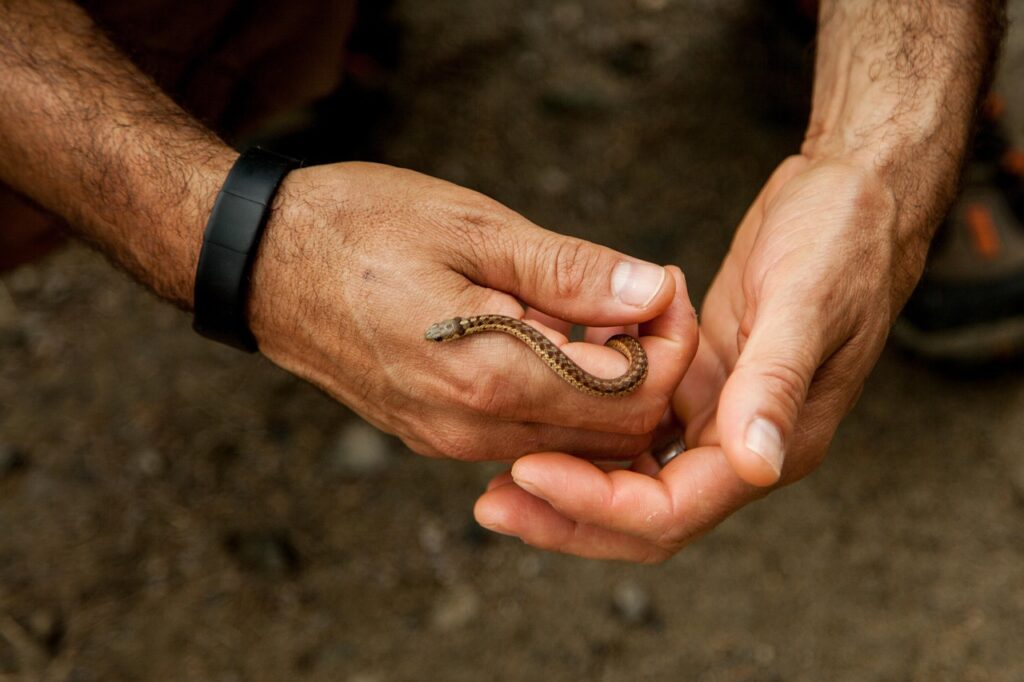
Even with proper technique, you may encounter specific handling challenges that require thoughtful solutions. For snakes that consistently try to escape, try the “moving hands” technique where you continuously provide new support as the snake moves, creating an endless treadmill effect that satisfies their movement desire while maintaining control. If your snake exhibits striking behavior, consider using transparent handling tools initially to create distance while still habituating the snake to movement near its enclosure.
For particularly nervous individuals, try “target training” using a specific object the snake learns to associate with brief, positive handling experiences. Snakes that curl tightly around arms or fingers may be seeking security rather than showing aggression—providing alternative anchor points like a loosely draped towel can help redirect this behavior. Remember that patience consistently yields better results than force when addressing handling challenges with these sensitive reptiles.
When Not to Handle Your Snake
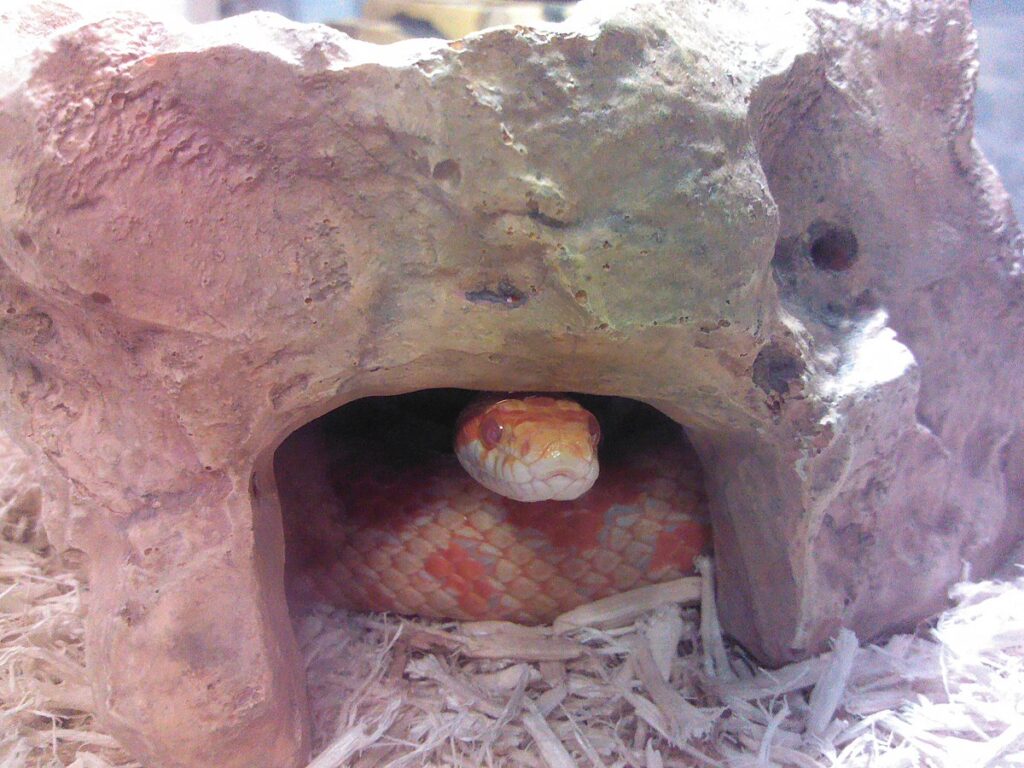
Recognizing situations when handling should be avoided is equally important as knowing proper handling techniques. Always refrain from handling during the shedding process, identifiable by dull skin coloration, cloudy eyes, and generally irritable behavior—attempting interaction during this vulnerable time creates unnecessary stress and may damage the developing new skin.
Similarly, avoid handling for at least 48 hours after feeding to prevent regurgitation, which can be life-threatening for snakes. During breeding season, many snakes—particularly males—may become more defensive or focused on reproductive behaviors rather than handling interactions. If your snake shows signs of illness such as respiratory problems, abnormal posture, or reduced activity, minimize handling and seek veterinary care instead. Finally, respect your own limitations—never handle when tired, distracted, or unable to focus fully on the interaction, as this creates risk for both you and your reptilian companion.
Building a meaningful bond with your non-venomous snake requires patience, consistency, and respect for the unique nature of these fascinating reptiles. By learning to read your snake’s body language, creating appropriate handling environments, and mastering supportive handling techniques, you can transform potentially stressful interactions into rewarding experiences for both of you.
Remember that each snake is an individual with its own comfort levels and preferences—there’s no universal timeline for building trust. Through gentle persistence and respectful handling, many snake owners develop deep connections with their serpentine companions, demonstrating that meaningful bonds can form even across the significant biological divide between humans and reptiles. With proper technique and understanding, your relationship with your snake can be a source of mutual fascination and fulfillment for many years to come.

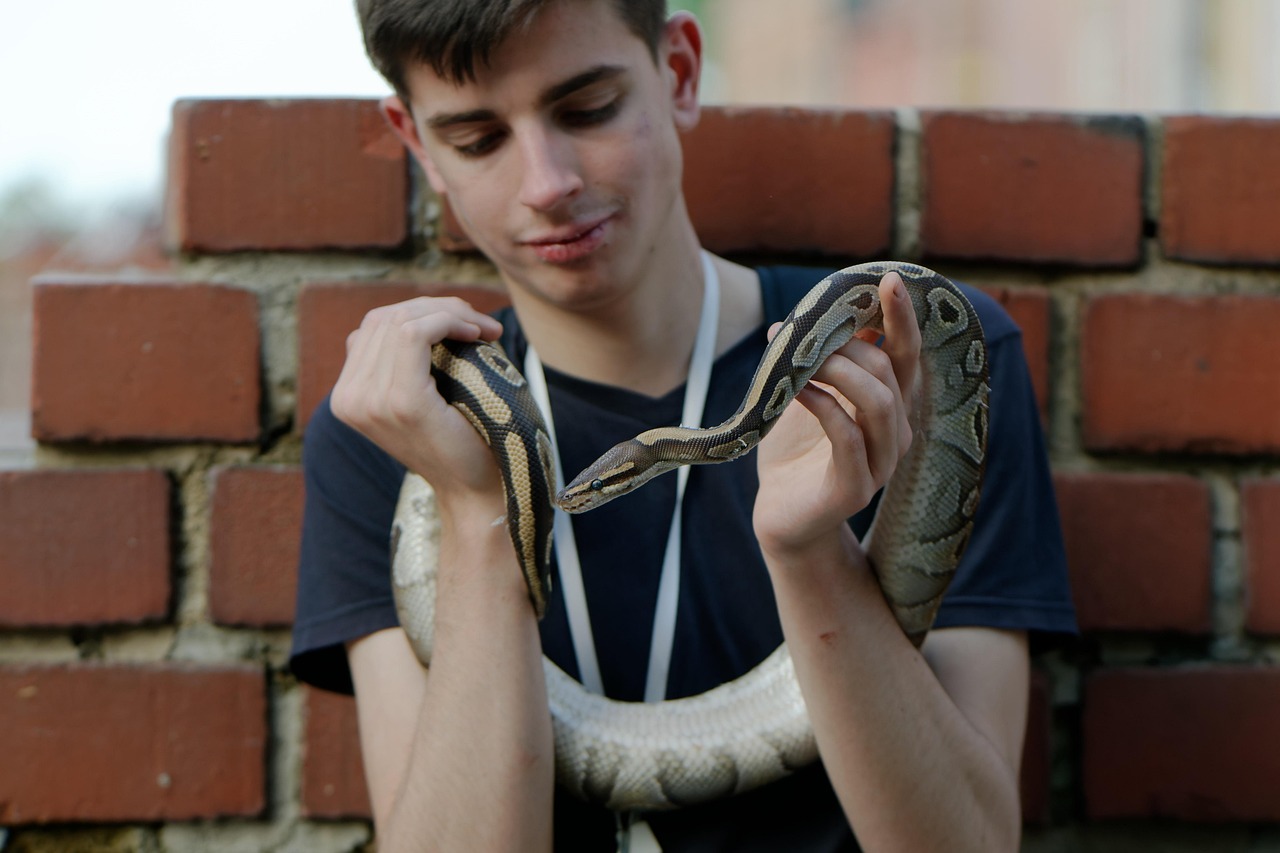
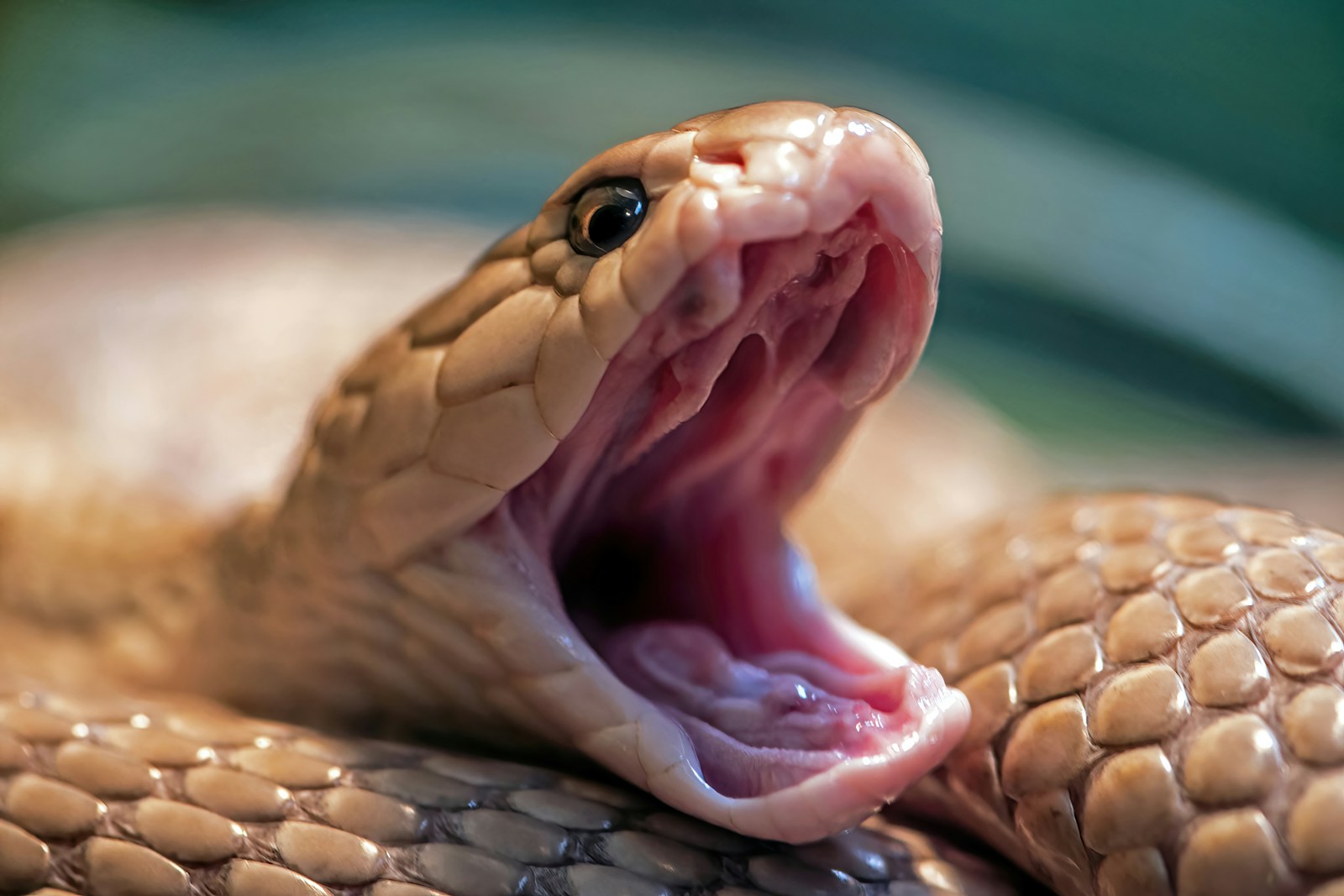
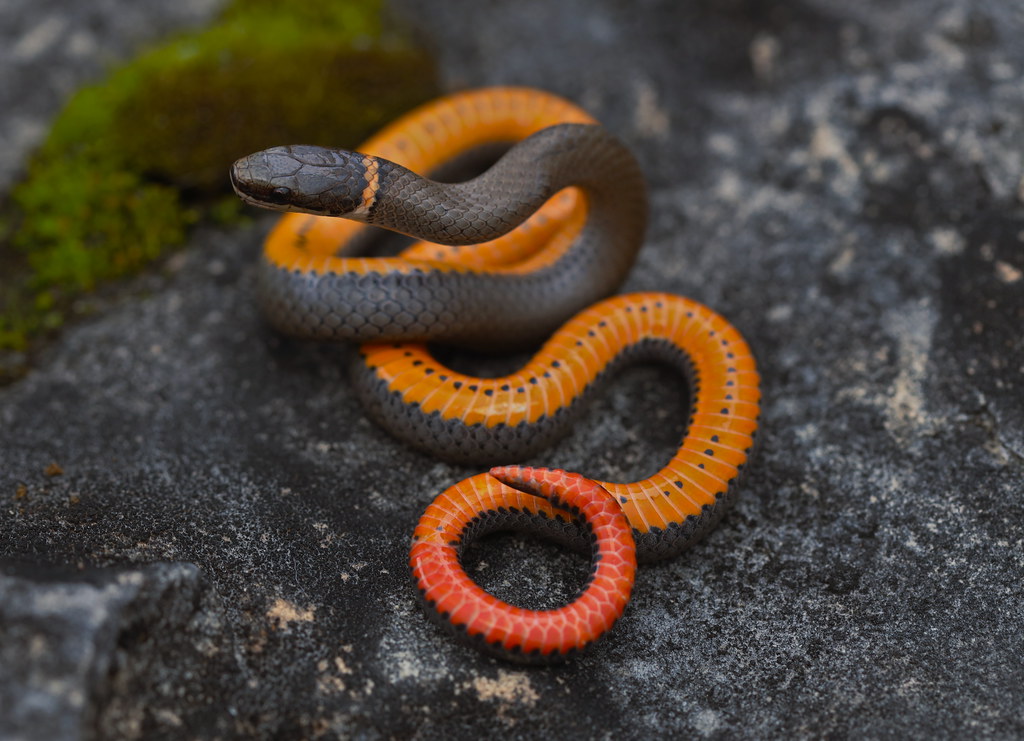
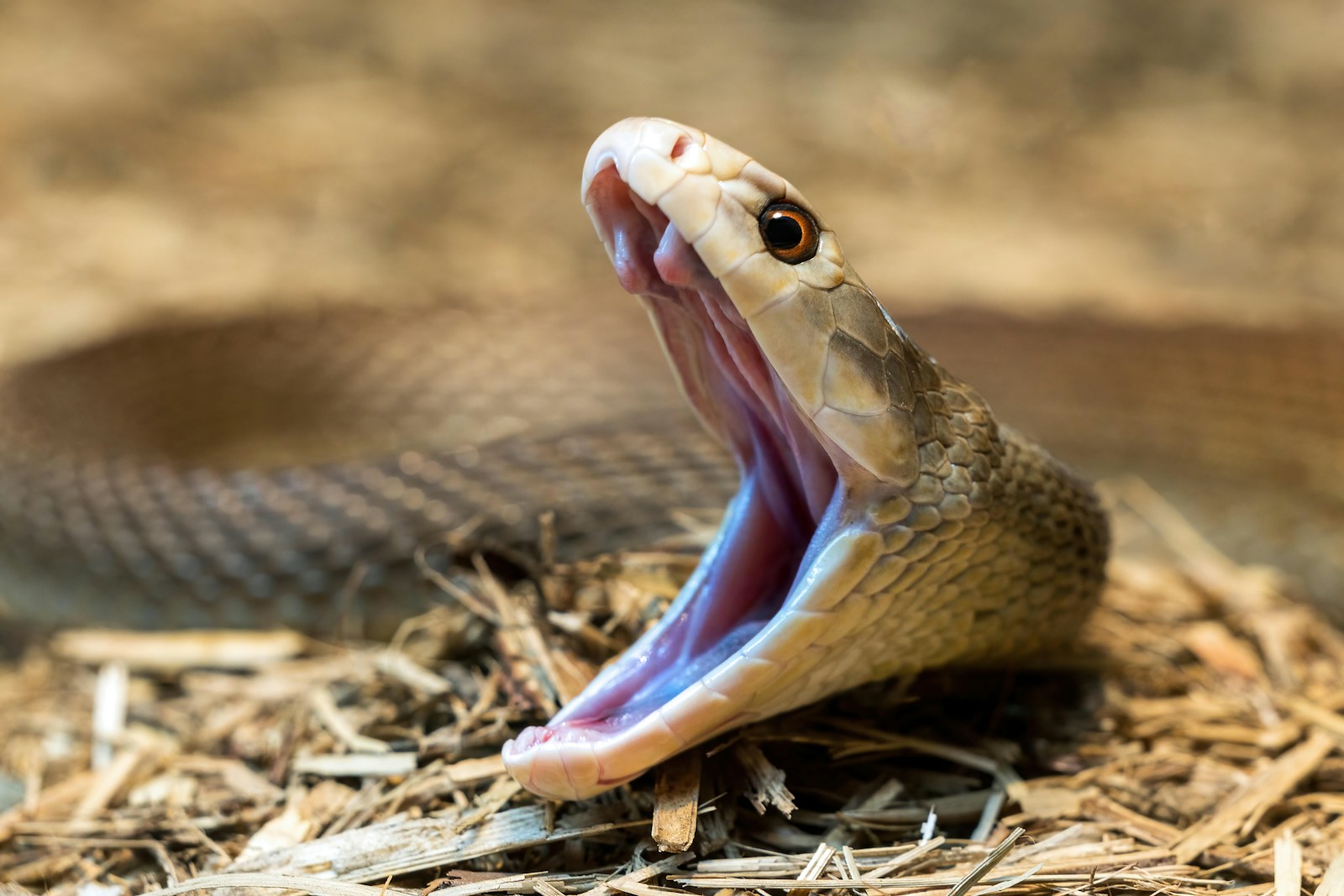
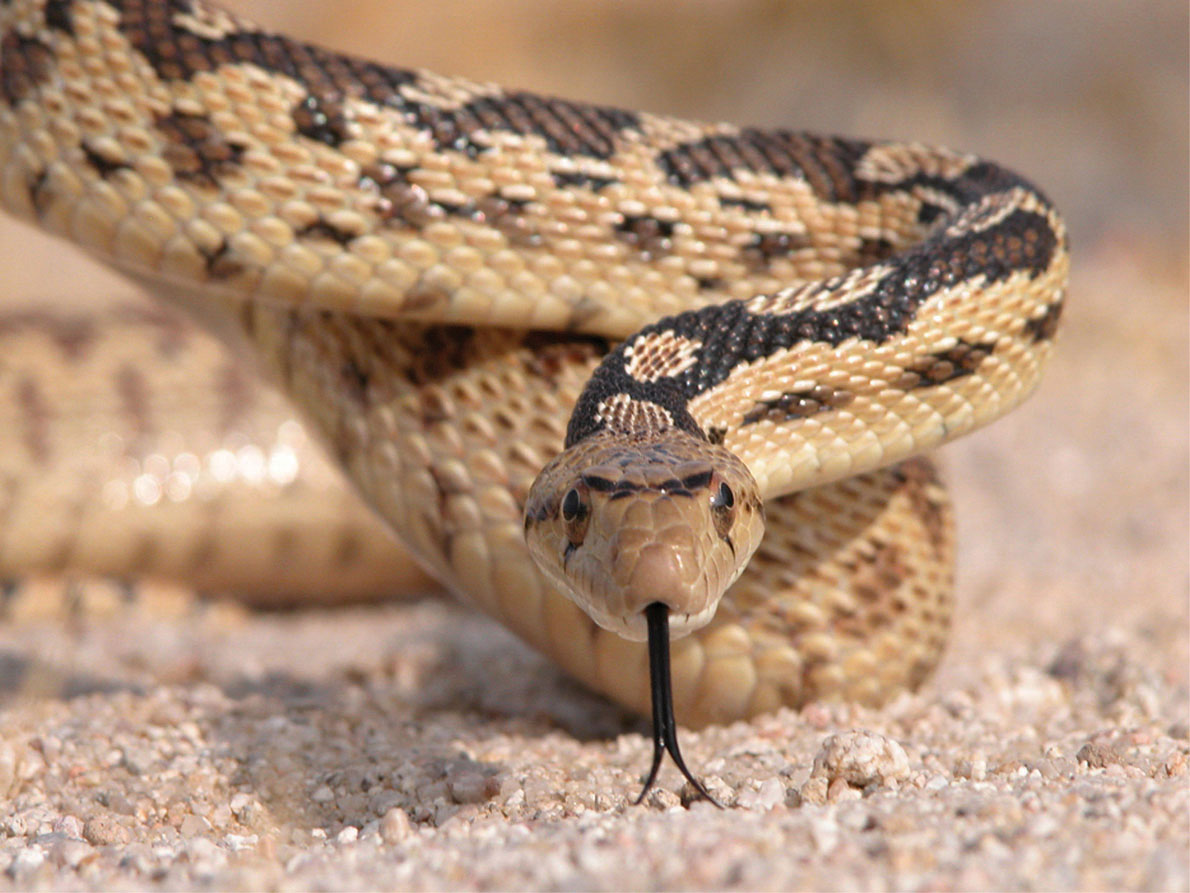
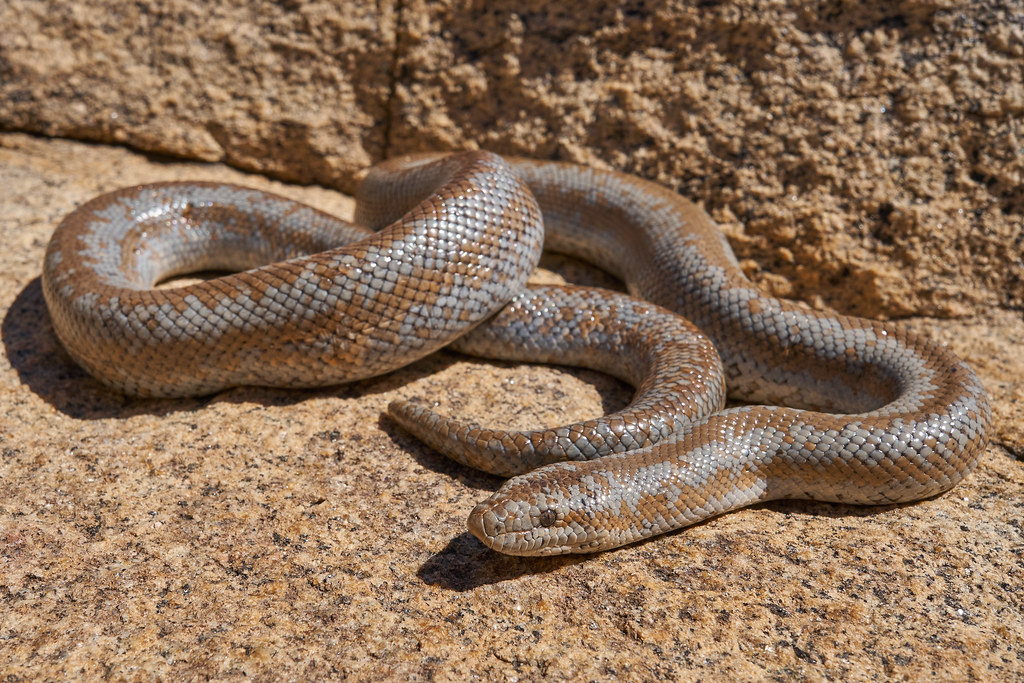
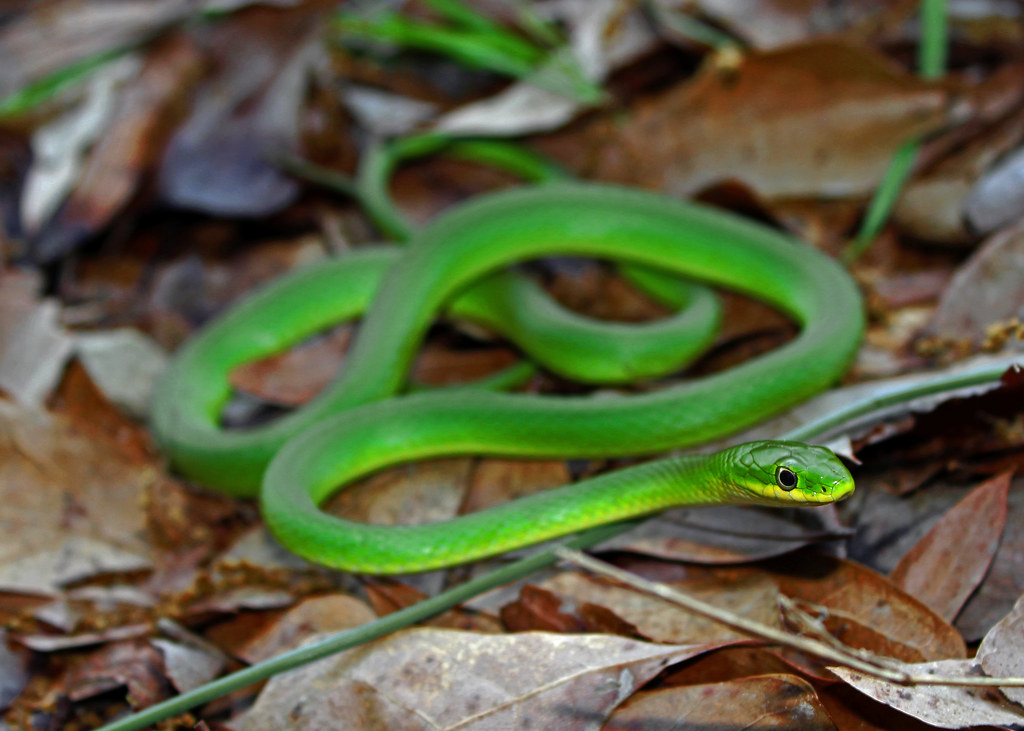
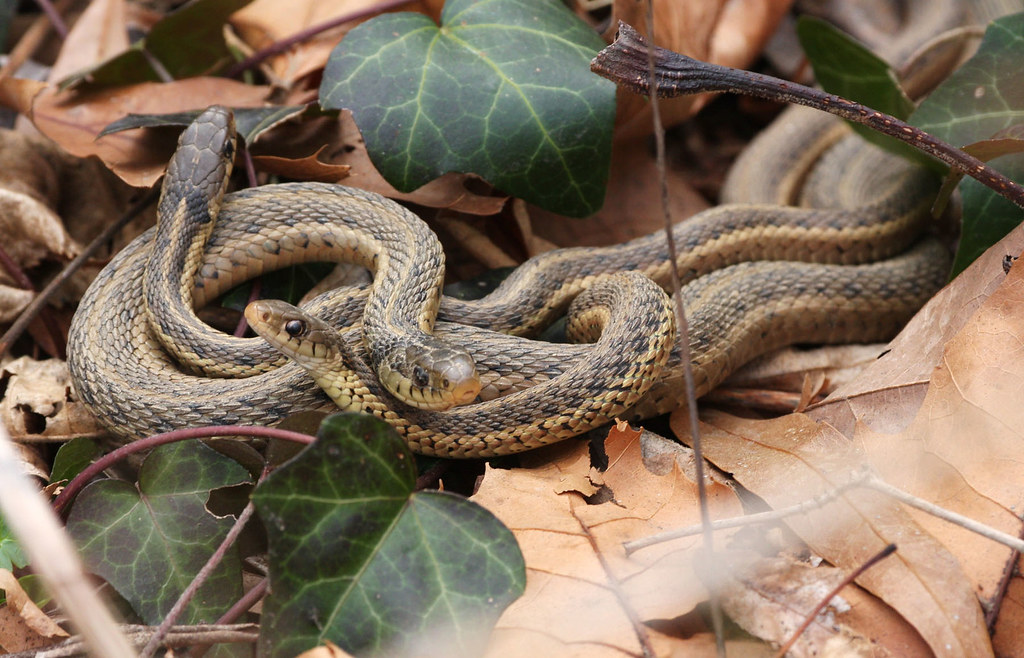
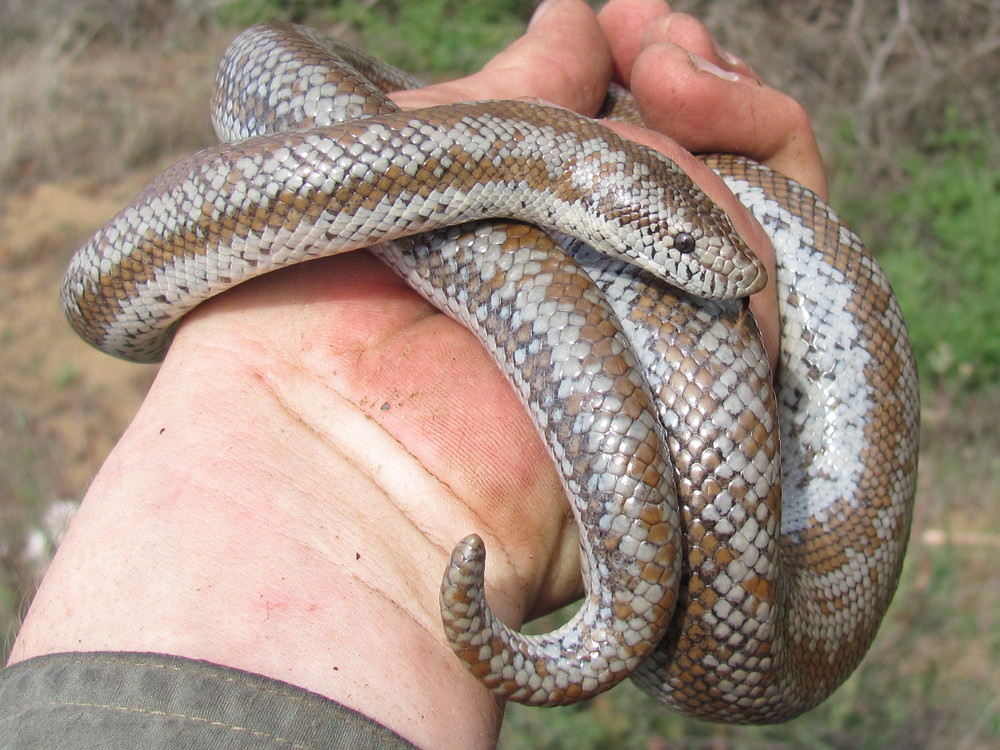
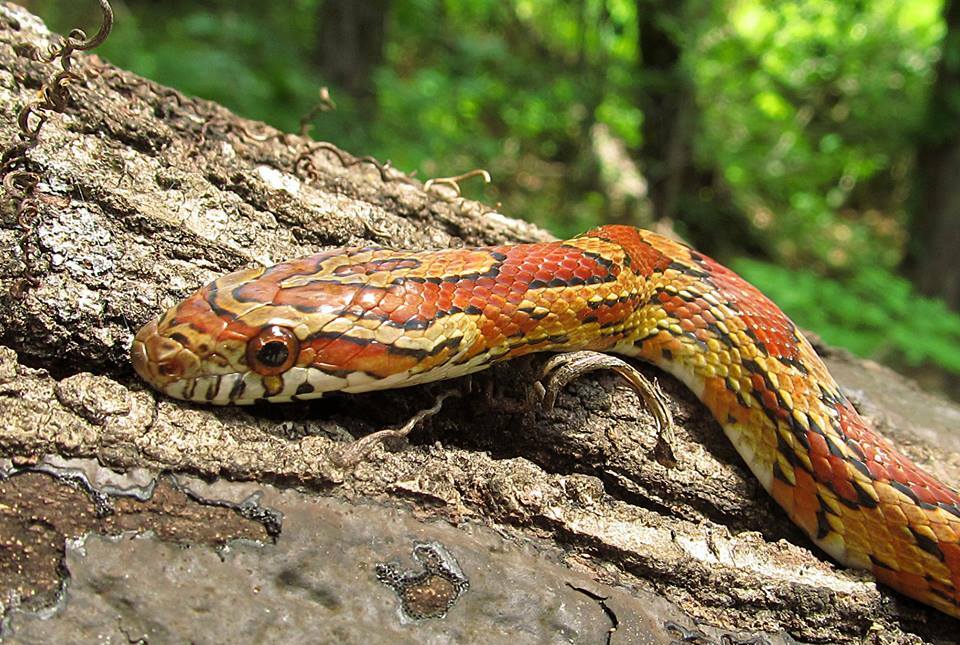
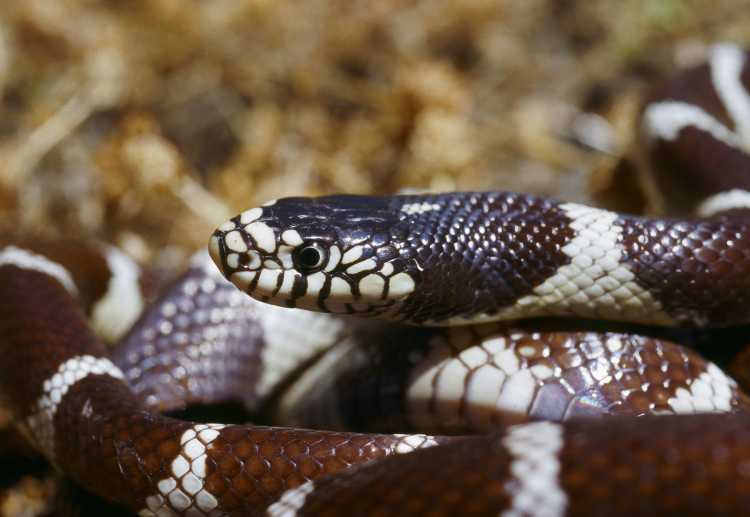




Leave a Reply